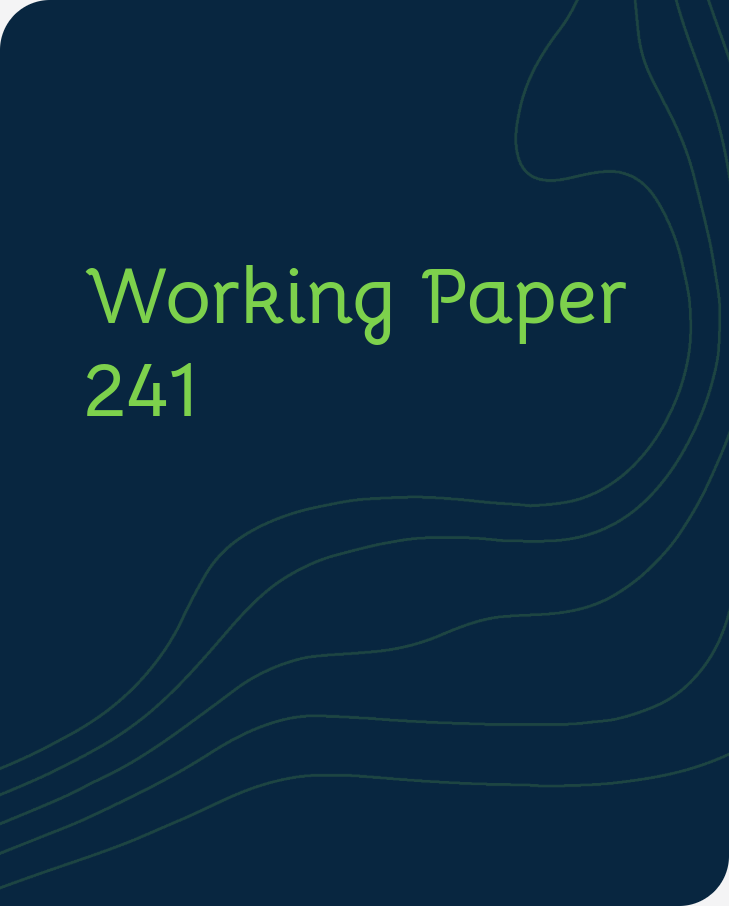Publication
Transition Report
Reform progress and transition indicators
Who we are
Overview: about the EBRDWho we are
Overview: about the EBRD
Learn about the EBRD's journey to investing more than €210 billion in over 7,500 projects.
What we do
Overview: how the EBRD operatesWhat we do
Overview: how the EBRD operates
Through projects, business services and involvement in high-level policy reform, we're doing more than ever before.
Work with us
Overview: how you can work with the EBRDWork with us
Overview: how you can work with the EBRD
We draw on three decades of regional knowledge and financial expertise to tailor our products and approaches to each client's needs.
April, 2020

By A. Kerem Coşar, Banu Demir, Devaki Ghose and Nathaniel Young
What is the impact on intra-national trade and regional economic outcomes when the quality and lane-capacity of an existing paved road network is expanded significantly? We investigate this question for the case of Turkey, which undertook a large-scale public investment in roads during the 2000s. Using spatially disaggregated data on road upgrades and domestic transactions, we estimate a large positive impact of reduced inter-provincial travel times on trade as well as regional industrial sales and employment. A quantitative exercise using a workhorse model of spatial equilibrium implies a rate of return on investment around 70 percent.
For media enquiries related to this working paper, please contact Ksenia Yakustidi, Media Adviser at the EBRD’s Office of the Chief Economist
YakustiK@ebrd.com
All Working Papers
The Working Paper series seeks to stimulate debate on transition in the EBRD regions.
